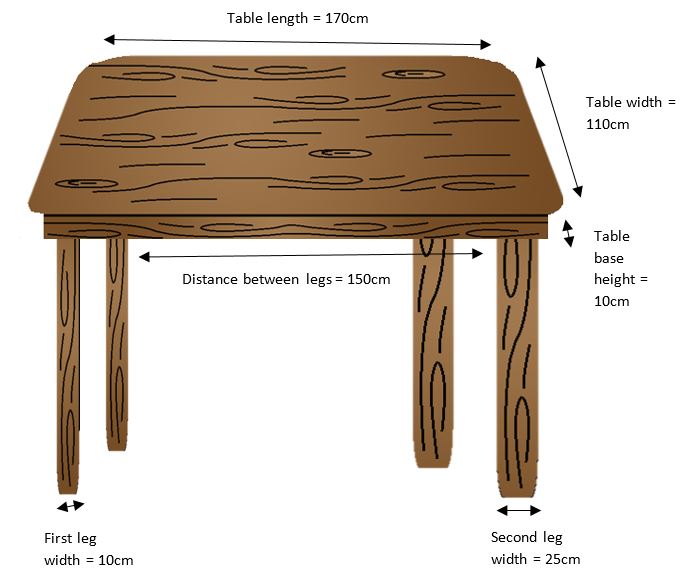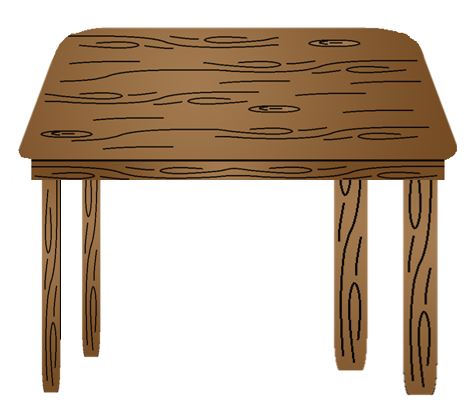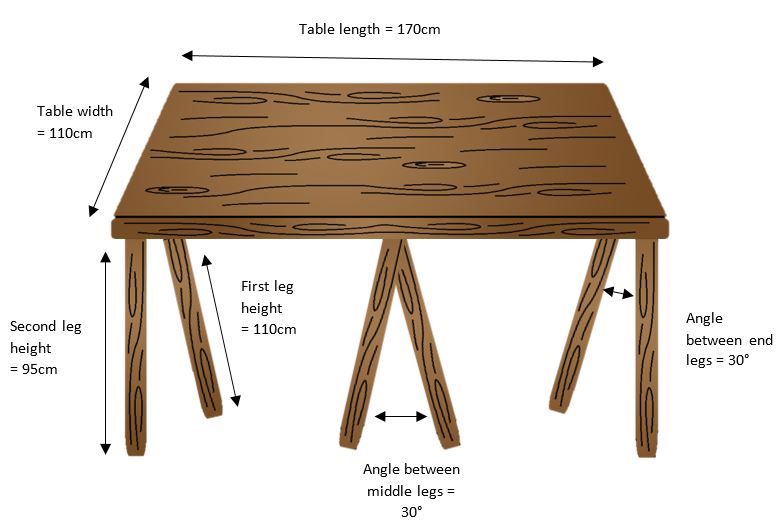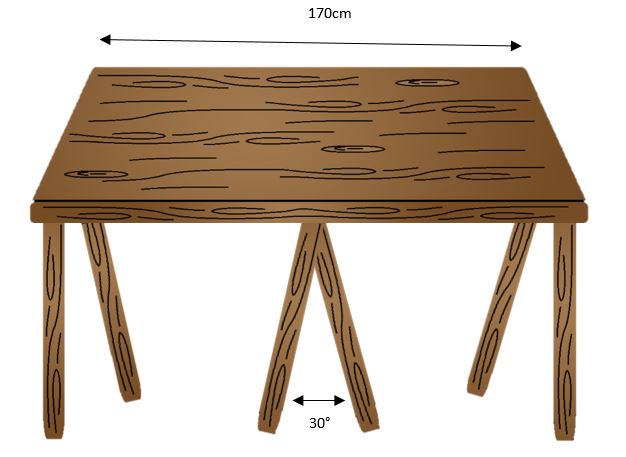18/03/2016
The process of drafting a patent application can be difficult. Converting technical details into legalese rarely happens easily, as Alan Bates’ recent article explains. Much of the detail may appear unnecessary. Why must your patent attorney painstakingly include written descriptions of every aspect when you have provided highly detailed, technical drawings?
There are specific requirements for drawings in patent applications, which may make technical drawings unsuitable for inclusion in the application itself, but your own technical drawings can still be useful to the patenting process.
We will look at two examples of fictional inventors, and challenges they faced following decisions made about the drawings for their applications. Both inventors, A and B, have developed new types of table, and both wish to obtain European patents to protect their tables. Both inventors have also invested a great deal of time and money into the technical drawings of their tables.
Inventor A provides his patent attorney with the drawing of his new table shown below.
A’s patent attorney reports back that drawings in European patents cannot contain text, unless that text is ‘indispensable’. So A provides the alternative drawing below to be used in his patent application instead. He removes all of the text.
Inventor B provides her patent attorney with the drawing of her new table shown below.
B receives the same advice that A did concerning her drawings. However, she decides to retain some of the details of the dimensions used in her table. She believes these aspects are important to the operation of her table, and her patent attorney says she can keep the ‘indispensable’ text as long as it is simple and clear. So B provides the alternative drawing below to be used in her patent application.
Both A and B receive search reports for their patent applications. Both A and B consider it necessary to amend their applications to ensure that they are novel and inventive over the cited prior art. Both A and B wish to amend to include details about the dimensions of their table. A wishes to specify that the first leg is 10cm and the second leg is 25 cm wide. B wishes to specify that the middle legs of her table are offset from each other by an angle of 30°, and the end legs of her table are also offset from each other by an angle of 30°. However, neither A nor B have any of these details in the written descriptions of their applications.
This is the point at which the detail that B has retained may make the difference.
Inventor A has run into difficulty. The European Patent Office (EPO) will not always accept amendments that are only shown in drawings, especially if those drawings are only considered to be schematic drawings. A draughtsman may have used some artistic licence to make a figure easier to draw or may have scaled certain features to make them easier to see (T1011/07). If the use of a ruler or protractor is necessary to determine a dimension from a schematic drawing, that dimension is unlikely to be allowed to be used to form an amendment.
A’s patent attorney advises that the only detail that is likely to be permitted as an amendment, based on his drawing, is that the second legs are wider than the first legs. This is shown in all of the drawings in the application, can clearly be seen without the need for a ruler or a protractor, and is unlikely to have been introduced by the draughtsman.
Inventor B will find it easier to pull details out of her drawings to form amendments. The dimensions that she retained from her technical drawings ‘upgrade’ her figures from schematics to technical drawings in the eyes of the EPO. The angle between the middle legs is clearly disclosed in the drawing. Therefore, she could limit her application to this features. Additionally, there have been cases in which a single ratio in a drawing has allowed other, unrelated ratios in the same drawing to be inferred. B may, therefore, also be able to include other angles or lengths if they clearly follow on from the disclosed angle and length.
In order to prevent the scenario that A found himself in, your patent attorney will encourage you to provide them with as much detail about the invention as possible so that it can be included in the written description. Once in the written description, it is much easier to show a patent Examiner that it can be used as basis for an amendment.
We recommend that when drafting an application with your patent attorney, the aim should be to highlight every detail of the invention. Any feature that is important enough to be included in a technical drawing should also be mentioned in the written description.
This article is for general information only. Its content is not a statement of the law on any subject and does not constitute advice. Please contact Reddie & Grose LLP for advice before taking any action in reliance on it.





